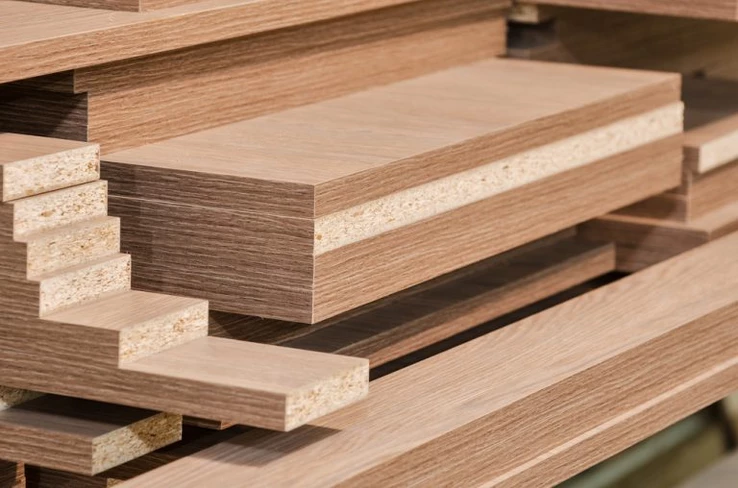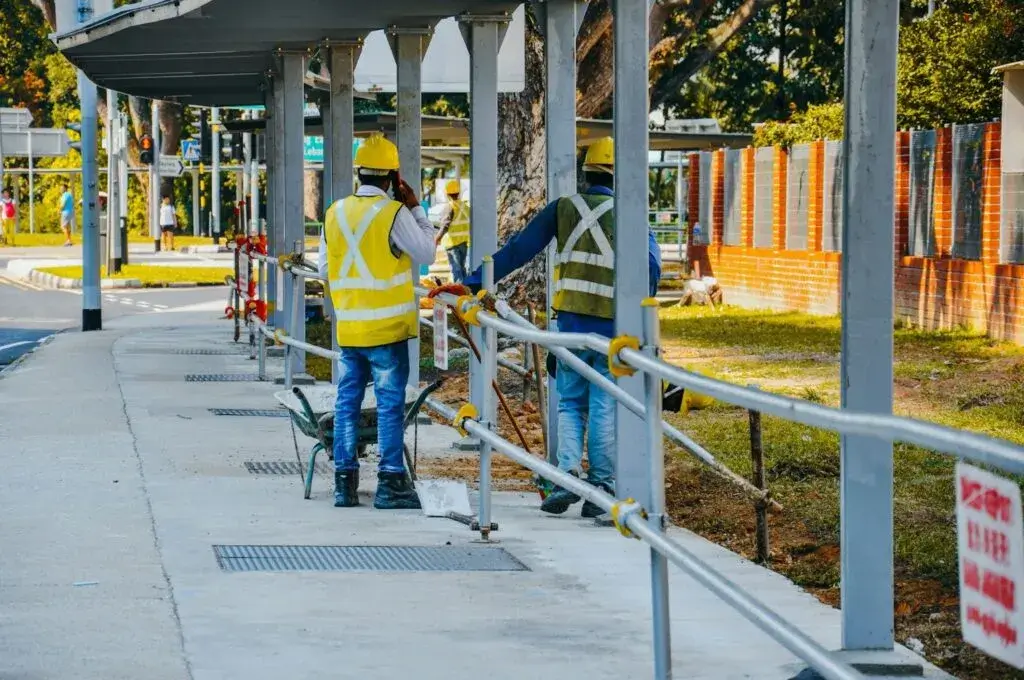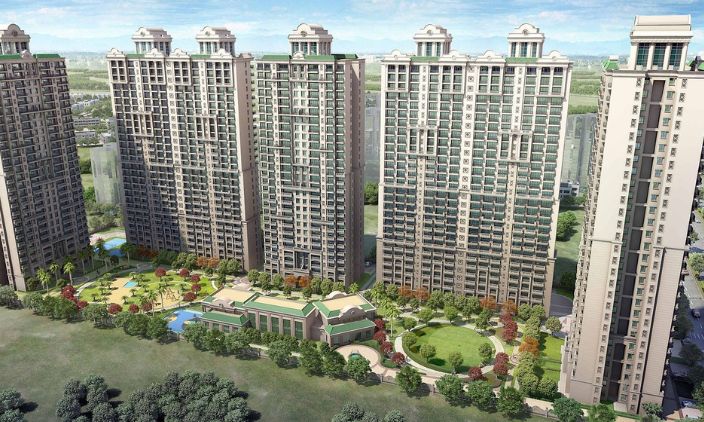Everything You Need to Know About MDF – Medium Density Fiberboard
If you’re looking for home décor materials or designs for your home, you have probably heard enough of MDF already. Well, if you aren’t caught up yet, here is a lowdown on this versatile building material. We tell you all about what MDF is made of, its advantages, disadvantages, and some design ideas to inspire you. Keep reading!
What is MDF?
MDF is an acronym for Medium Density Fibreboard. It is an engineered wood product that is cost-effective and fairly durable. It acts as a good substitute for wood. MDF is made from sawdust and other wood residuals that are further broken into their component fibers. These are fused together with bonding materials like wax and binders into the board. An MDF board is commonly available in thicknesses of 4 to 25 mm and can be plain or pre-laminated to protect the surface. The material is available in a variety of finishes as well.

Features of MDF- Medium Density Fibreboard
- Unlike solid wood, MDF does not have any grains as it is a composite material with uniform density.
- As it is free from knots and internal layers, it has a smooth surface and is easy to saw in either direction. Due to this quality, it is easy to create grooves or moldings using MDF.
- It is a sustainable wood as it is made from waste products like sawdust and wood fibres. However, the glue used in the binders has known to be carcinogenic. Lookout for MDF that gets manufactured using controlled processes and additives. This minimizes formaldehyde emissions.
- MDF is dimensionally stable, which means that it does not contract or expand with heat as solid wood does.
- By using veneers on the surface of MDF, you can get a realistic wood finish on the furniture. It can be further laminated as well.
- MDF can be easily painted, varnished, and polished.
- When exposed to water, low-quality MDF will swell up and warp. Exterior grade MDF has water-resistant properties, engineered for greater density and strength.
- Manufactured by bonding using high pressure and temperature, there are no air pockets or waviness in the material. The cross-section of the board is very consistent as well.
- MDF is more economical than plywood or solid wood.
Ways to Incorporate Medium Density Fibreboard in Your Home
1. Furniture and Cabinetry
MDF stands up much better than solid wood or ply to changes in heat and humidity. This makes it the ideal core material for kitchen cabinetry and wardrobes. Membrane shutters that are popularly used in kitchens use a sheet of membrane wrapped around MDF. These when molded into all the grooves and contours, create a single continuous surface without any joints. The furniture made of MDF is however lightweight and less sturdy than solid wood.

2. Wall Panelling and Partitions
Veneered MDF panels or planks can be used in wall paneling as it exhibits acoustic and insulation properties. Thereby it is well suited for use in sound and thermal insulation panels and partition walls, both in homes and offices. As it is both dense and stable, it outperforms solid wood and plywood sheets in many ways.

3. Textured Walls
MDF lends itself well to creative and imaginative experiments in décor. It can be used to make textured walls that feature 3D relief work, such as organic shapes, waves, moldings, and so on. It can also serve as a base panel for textured paint finishes or feature walls showcasing Plaster of Paris designs.

4. MDF TV Unit Wall
When you’re mounting a flat-screen TV on the wall, you’ll have to cope with a tangle of unsightly cables and wiring. The easiest way to hide them is by tucking them away behind a partition wall made of MDF. Your entertainment or TV unit can be designed with this back panel in mind, and the cabinets and shelves can also be made using MDF.

5. MDF Flooring
Due to its high density and dimensional stability, MDF is often used as the core material for laminate flooring and engineered floors. As MDF doesn’t take kindly to moisture, the sides of the board should not be exposed. Hence the flooring planks must be manufactured with completely sealed surfaces.
Pro tip: This is not the ideal choice for high humidity areas like bathrooms or powder rooms.

FAQ
What is medium density fiberboard used for?
Medium-density fiberboard (MDF) is a composite product used in many homes and professional projects, such as furniture, cabinetry, flooring, and even speaker boxes due to its smooth finish, machinability, strength, and consistency.
Is medium density fiberboard good?
Unlike solid wood or plywood furniture, MDF furniture is not very strong and durable but is resistant to termites. It has to be handled with care. In case it gets damaged, it is difficult to repair it. Note that the drawers of MDF furniture cannot hold excess weight.
What are the disadvantages of using MDF?
Disadvantages of Medium Density Fibreboard
- MDF is comparatively weaker than wood. …
- MDF can crack or split under extreme stress.
- MDF absorbs water quicker than wood. …
- MDF doesn’t take nails and screws easily. …
- MDF contains VOC, containing urea-formaldehyde, that can cause irritation to the lungs and eyes.
Is medium density fiberboard waterproof?
It should be noted that whichever method you use, MDF is moisture-resistant, not water-resistant, nor waterproof, and is still prone to swelling and warping if in direct contact with the elements.
Is MDF more stable than plywood?
When it comes to strength, plywood is the winner.
MDF is a softer material than plywood and tends to sag or split under pressure. That’s why it’s important to reinforce it if you’re going to using it to build shelves or other weight-bearing furniture.
Which is cheaper MDF or plywood?
Plywood. Medium-density fiberboard (MDF) is generally cheaper than plywood, but it is not as hard and can sag under heavyweight. MDF doesn’t handle moisture very well, either, so it is more suited for indoor use, such as in furniture.
MDF is an interior decorator’s dream material, due to its versatility, resilience, and cost-effectiveness. As it’s made from recycled waste materials, it is a green and eco-friendly building material. Indeed there’s a lot to love about this material which can be used to a great advantage in your home décor! For more décor ideas, tips, and tricks that you can incorporate in your home, get in touch with the Classic Infrahomes team today.






